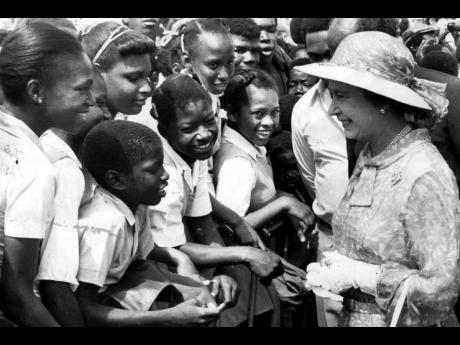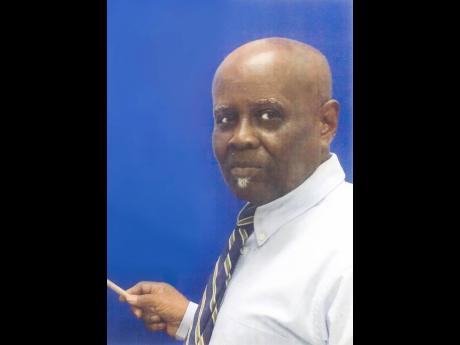Neil Richards | National Heroes Park – an extraordinary civic asset
As a public open space or park of special national significance, National Heroes Park has outgrown its former buzz and bustle. It lies calmly nowadays, except for the hum of motor vehicles at a temporary car park within its northern sector.
There was a much earlier time when National Heroes Park hosted the rumble of galloping horses that repeatedly crushed the expectations and mood of most racecourse gamblers but satisfied a craving for the spectacle of horse racing, especially by Jamaica’s social elite.
The 50 acres of public open space that colonial administrators had christened with the name Kingston Race Course during the late 18th or early 19th century was the stomping ground on which the so-called ‘Sport of Kings’ was staged before being relocated to Knutsford Park, now known as New Kingston.
Kingston Race Course was also the site used for other crowd-pulling activities, including cricket, and bicycle races, and was also the venue for travelling circuses that originated from overseas.
Of historical significance was its use for the celebration on August 2, 1838, which marked the end of four years of Apprenticeship and the start of full freedom from enslavement.
Only nine years before Jamaica’s political independence, Kingston Race Course was renamed King George VI Memorial Park in honour of the father of Queen Elizabeth II.
RENAMED
The site was officially renamed National Heroes Park in 1973. Its proud, new name was in keeping with the intention that it should be the place where prominent Jamaicans would be interred.
A cenotaph that memorialises Jamaicans who were killed in combat during two World Wars and monuments to National Heroes and deceased prime ministers are physical highlights. Several leading architects won design competitions or were selected to design the monuments.
It ought to be quite obvious that the practice of constructing elaborate monuments should be discontinued and replaced by memorials of more modest proportions, especially considering the proposed use of the park as the site for a new Parliament building and other compatible land uses. The proposed building that will accommodate Jamaica’s legislature will require substantial land area for its immediate comprehensive functions and for future expansion.
A very good idea that emerged during the 1950s envisaged the environs of National Heroes Park as a precinct with the offices of more than the existing four ministries of government now located there. Tardiness in what should have been aggressive land acquisition and budgetary allocation to build more government ministries surrounding the outer rim of National Heroes Park may have come to be a blessing in the early years of the 21st century and beyond considering the severe traffic-flow consequence of massive increases in the ownership of personal motor vehicles in recent years.
Even with the dispersal of many government ministry buildings at diverse locations not near to Heroes Circle, the vehicular traffic that will be generated by Downtown Kingston improvements when added to traffic that will be generated by the proposed Parliament building and Wolmer’s, MICO, and St Hugh’s academic institutions will require imaginative solutions in order to achieve efficient traffic flow.
TRANSPORTATION PLANS
Detailed transportation plans for the precinct of National Heroes Park and environs should include proposals for the future capacity of Marescaux Road and the nearest parallel north-south transportation corridors, referring to Slipe Road and South Camp Road. Arrangements for the efficient function of secondary connecting routes to and from Heroes Circle — such as Connolley Avenue, Arnold Road and the junction of Caledonia Avenue and Marescaux Road - should be within a comprehensive transportation plan.
Good traffic-flow arrangements in coordination with ideal land-development densities and appropriate land uses will enhance the asset worthiness of National Heroes Park.
It is left to be seen whether there will be prompt, radical action by public health and municipal authorities in response to the reality and the disgust expressed by citizens at the shabby and unhygienic conditions that have been simmering or boiling at a point-of-sale along the outer rim of Heroes Circle. The disgrace should be a wake-up call to make sustainable changes that will be worthy of a park that should be the pride of Jamaica.
Neil Richards is an architect and town planner. Send feedback to columns@gleanerjm.com


